Welcome to Tokyo! This 3-day itinerary is designed to give you a fantastic overview of the city’s best, blending traditional culture with modern marvels. We’ll cover everything from ancient temples to bustling shopping districts and stunning cityscapes, all easily accessible by Tokyo’s efficient public transport. Get ready for an unforgettable adventure!
Day 1: Tradition, History & Downtown Charm


- Morning (9:00 AM – 12:00 PM): Asakusa Senso-ji Temple & Nakamise-dori Market
Start your Tokyo adventure in Asakusa, home to the iconic Senso-ji Temple, Tokyo’s oldest temple. Pass through the massive Kaminarimon (Thunder Gate) and stroll down Nakamise-dori, a vibrant market street filled with traditional snacks and souvenirs. It’s the perfect spot to grab some unique gifts and try local treats.- Optional: If you have extra time, explore Kappabashi Kitchenware Town nearby, known for its unique kitchen gadgets and realistic food samples.

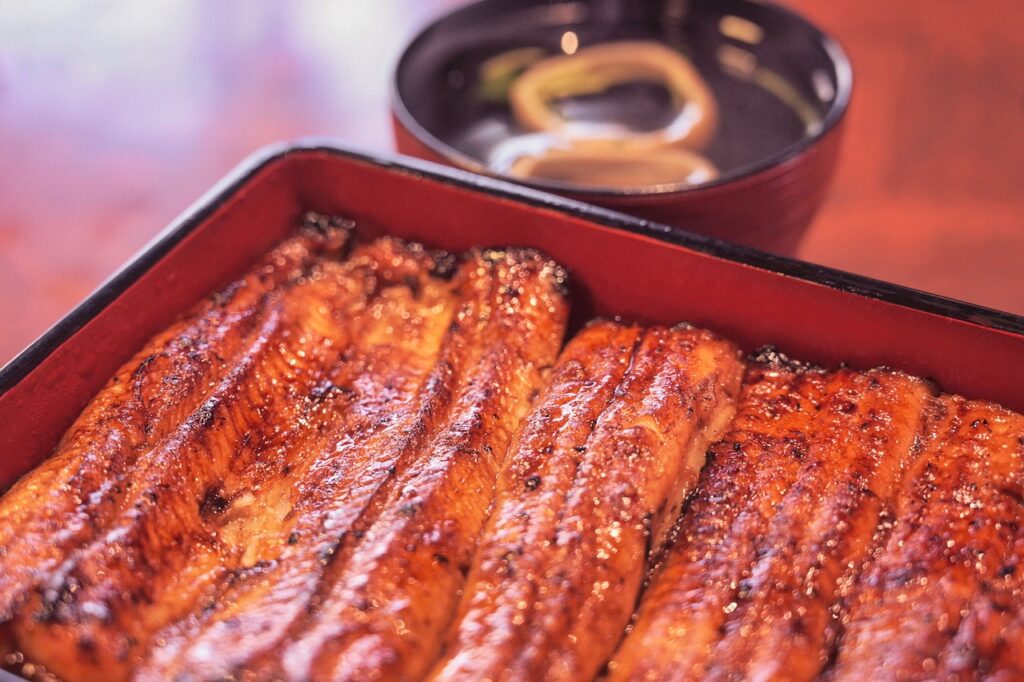

- Lunch: Enjoy traditional Japanese cuisine like tempura, unagi (eel), or monjayaki (savory pancake) in the Asakusa area.
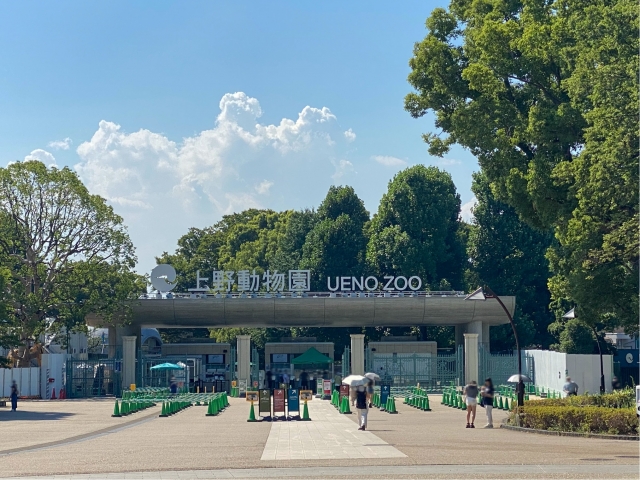
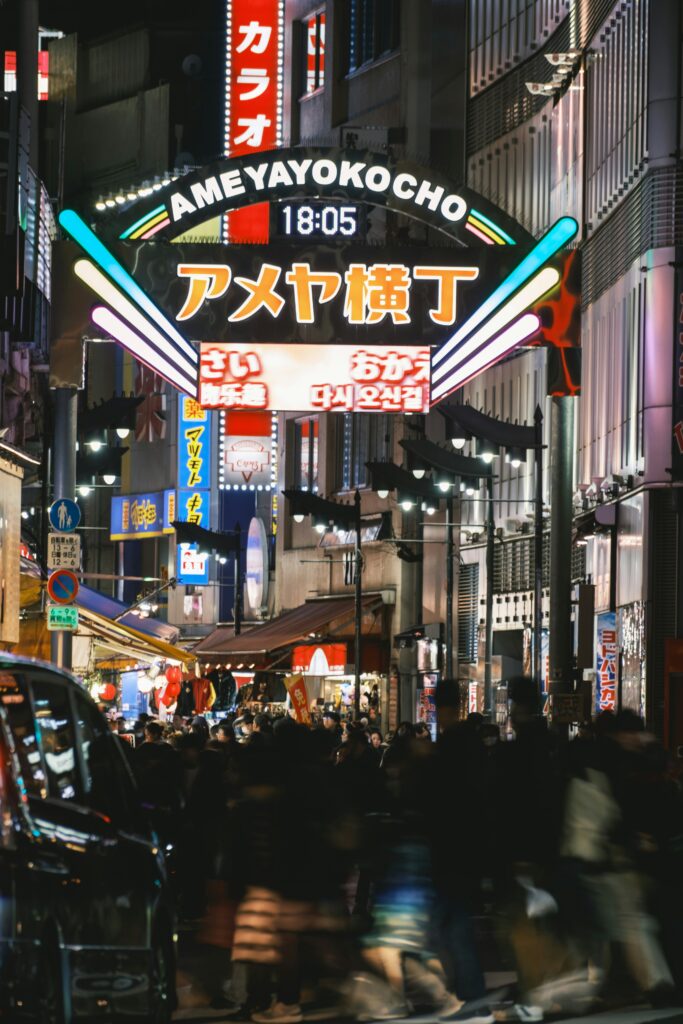
- Afternoon (1:00 PM – 5:00 PM): Ueno Park Area (Museums & Ameya-Yokochō Market)
A short train ride from Asakusa, Ueno Park is a cultural hub. Choose from world-class museums like the Tokyo National Museum or the National Museum of Western Art (a UNESCO World Heritage site), or visit the adorable pandas at Ueno Zoo. Afterward, immerse yourself in the lively atmosphere of Ameya-Yokochō (Ameyoko Market), a bustling open-air market offering everything from fresh produce to fashion.
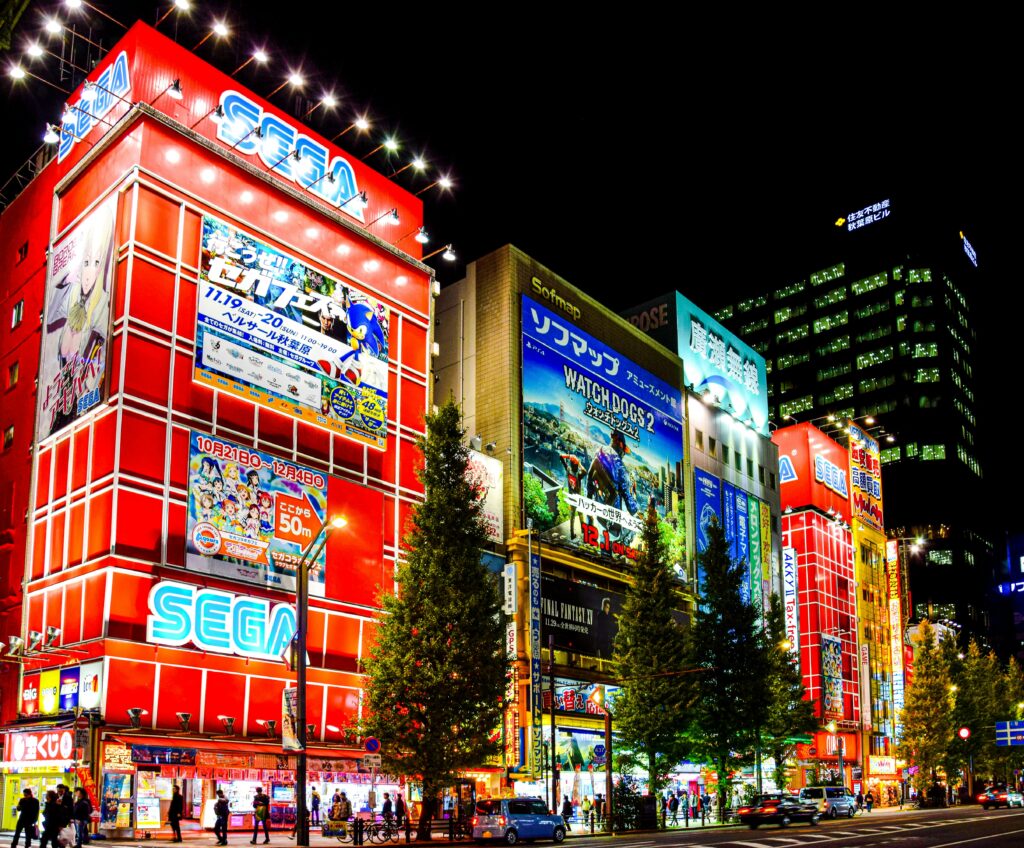

- Evening (6:00 PM onwards): Akihabara – Electric Town
Just one stop from Ueno, Akihabara is the epicenter of Japan’s subculture. Dive into a world of electronics, anime, manga, and gaming. You can explore multi-story arcades, visit themed cafes, or simply soak in the neon glow of this vibrant district. Consider also visiting Kanda Shrine, a beautiful and historically significant shrine near Akihabara.


- Dinner: Akihabara offers a wide range of casual dining options, from ramen shops to izakayas (Japanese pubs).
Day 2: Imperial Grandeur, Upscale Shopping & Nightlife

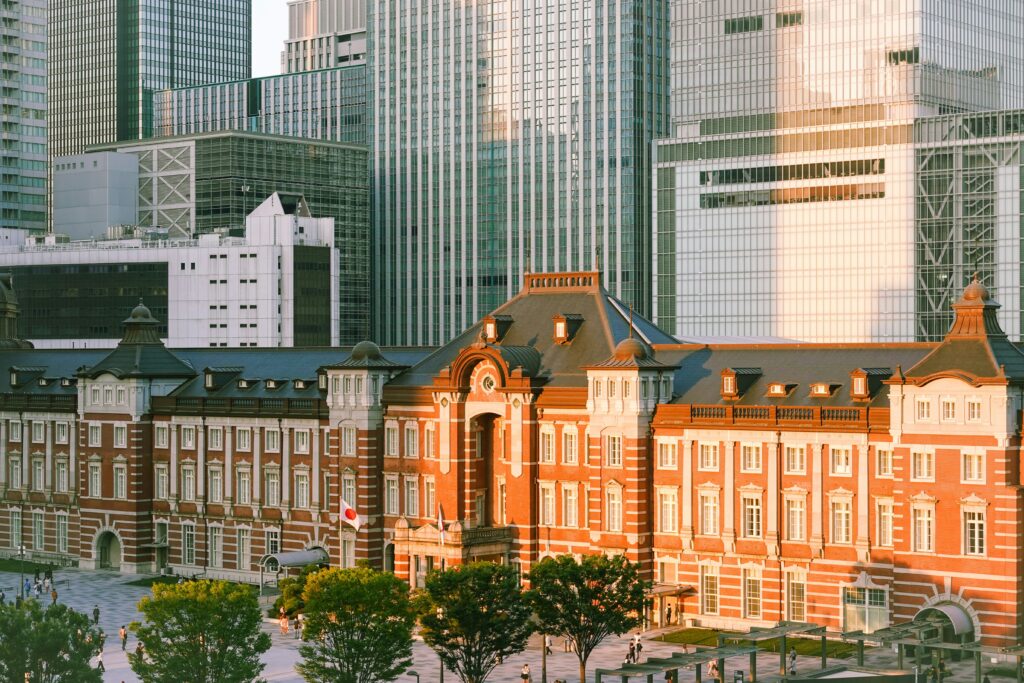
- Morning (9:00 AM – 12:00 PM): Imperial Palace & Marunouchi
Begin your day at the Imperial Palace East Garden, the former site of Edo Castle, offering a peaceful escape with beautiful gardens and historical remnants. Take photos at Nijubashi Bridge (Double Bridge) and appreciate the serene atmosphere.
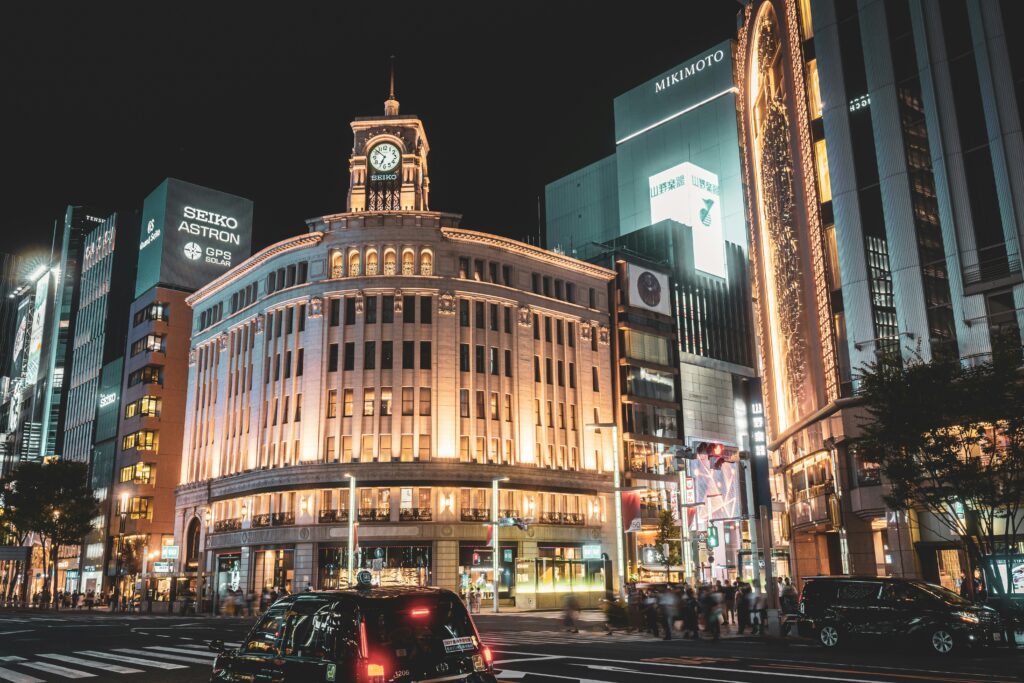

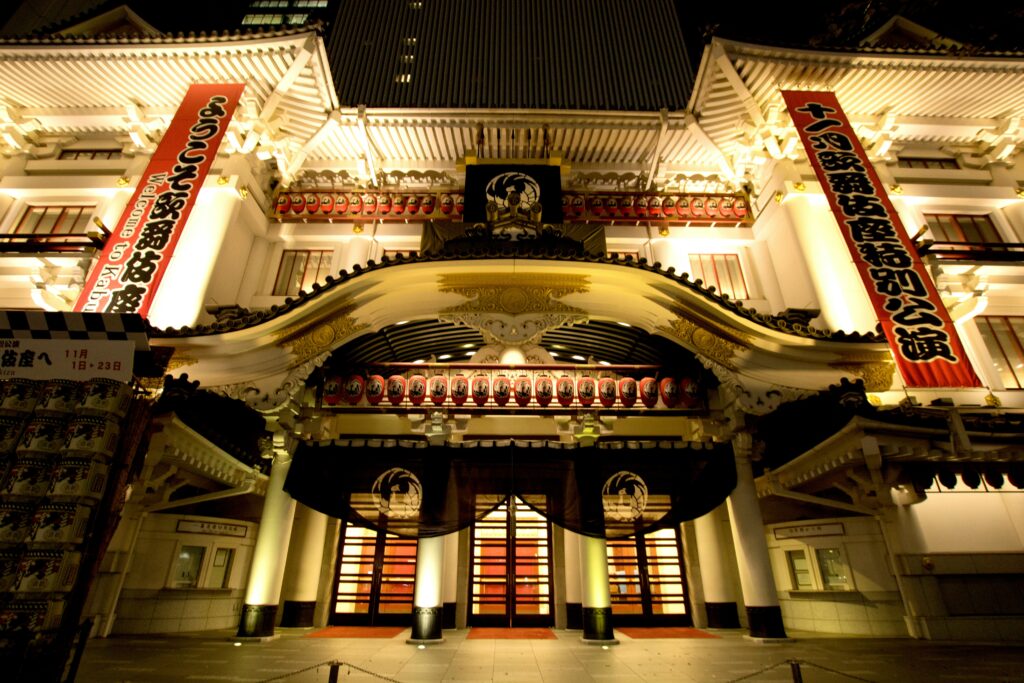
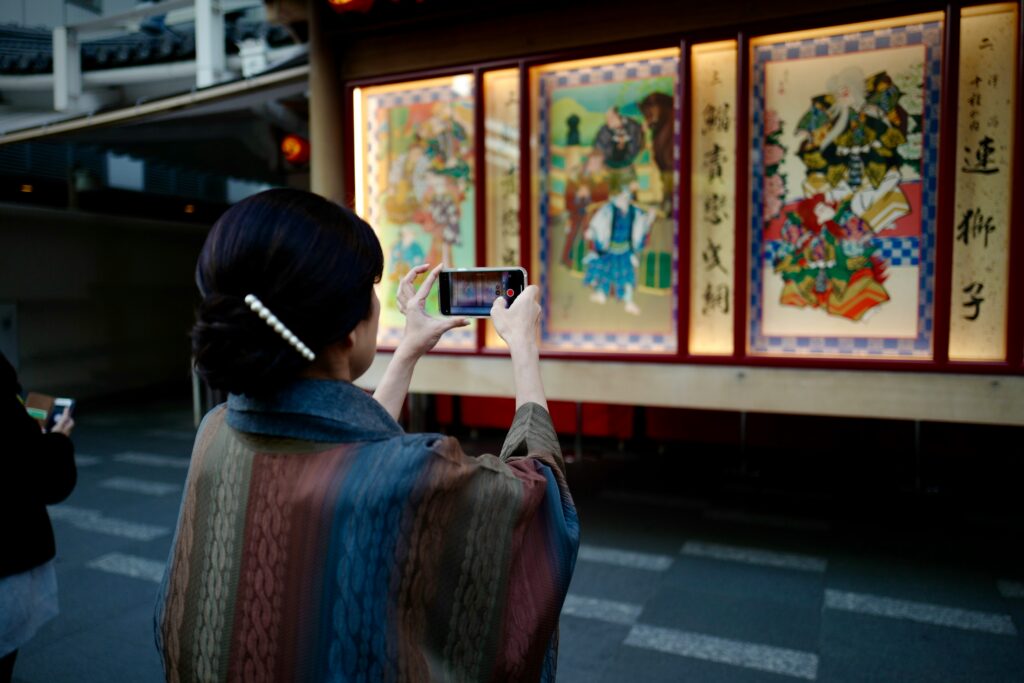
- Afternoon (1:00 PM – 5:00 PM): Ginza & Tsukiji Outer Market
A short walk or train ride from the Imperial Palace, Ginza is Tokyo’s premier luxury shopping district, lined with high-end boutiques, department stores, and art galleries. You can also admire the iconic Kabuki-za Theater. Afterward, head to the Tsukiji Outer Market, a bustling hub for fresh seafood and Japanese culinary delights. It’s a fantastic spot for a delicious street food snack.
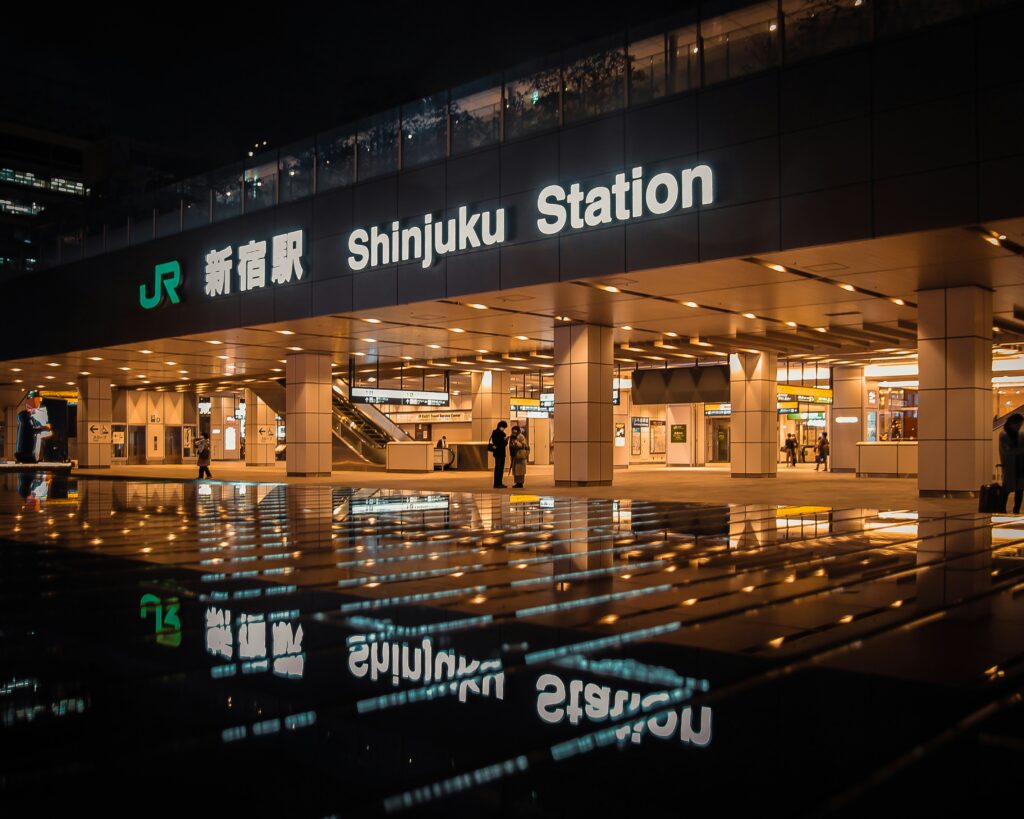

- Evening (6:00 PM onwards): Shinjuku (Tokyo Metropolitan Government Building & Kabukicho)
Take a train to Shinjuku, a dynamic district known for its towering skyscrapers and vibrant nightlife. Ascend to the observation decks of the Tokyo Metropolitan Government Building for spectacular, free panoramic views of the city lights. Explore Kabukicho, Asia’s largest entertainment district, and if you’re feeling adventurous, peek into the tiny, atmospheric bars of Golden Gai.- Dinner: Shinjuku offers an endless array of dining choices, from casual eateries to fine dining.
Day 3: Youth Culture, Serenity & Iconic Views
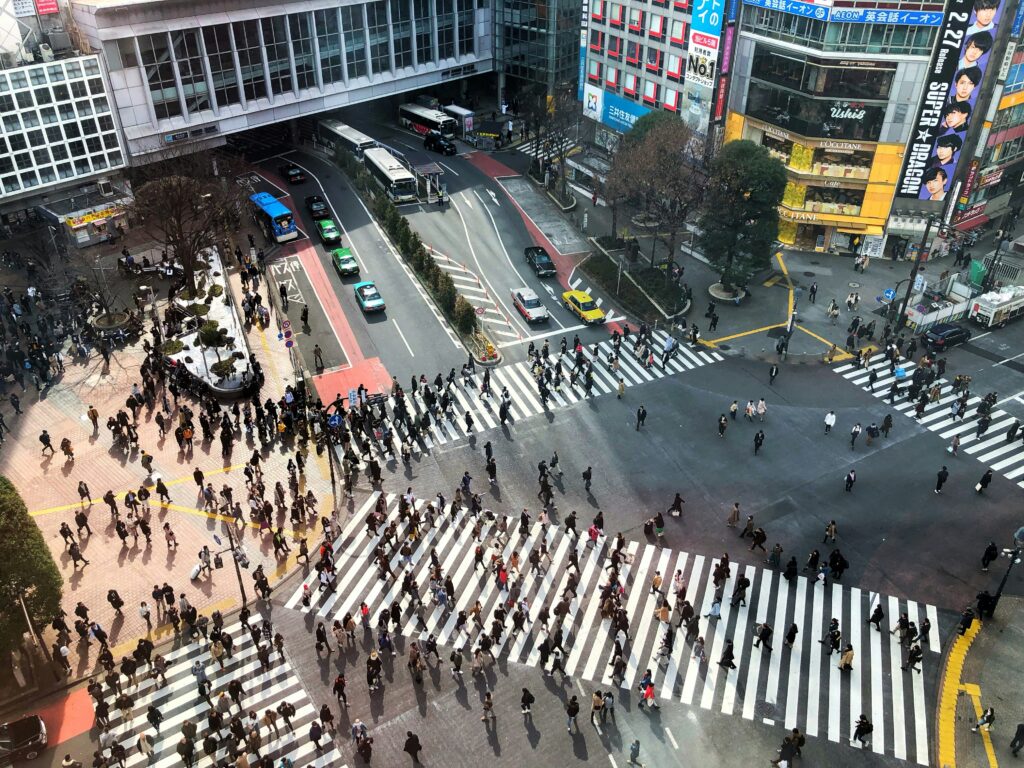
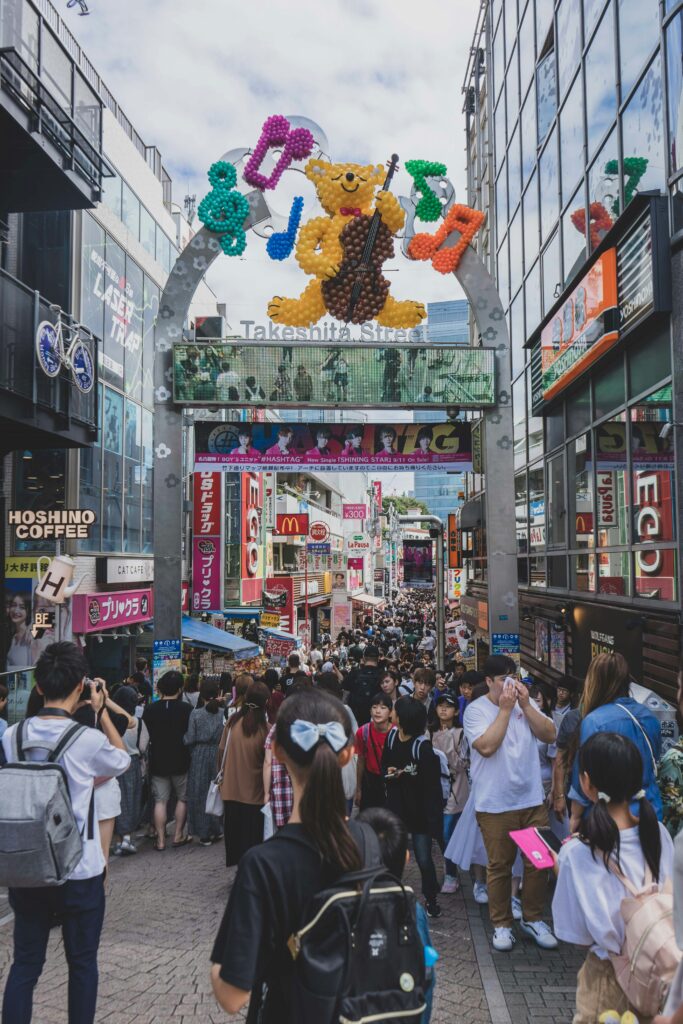
- Morning (9:00 AM – 12:00 PM): Shibuya & Harajuku
Experience the pulse of Tokyo’s youth culture in Shibuya, home to the world-famous Shibuya Scramble Crossing and the loyal Hachiko statue. Then, head to Harajuku, a mecca for trendy fashion and unique street style along Takeshita Street, where you can find quirky shops and colorful desserts.- Lunch: Both Shibuya and Harajuku offer a plethora of trendy cafes and restaurants to suit any taste.

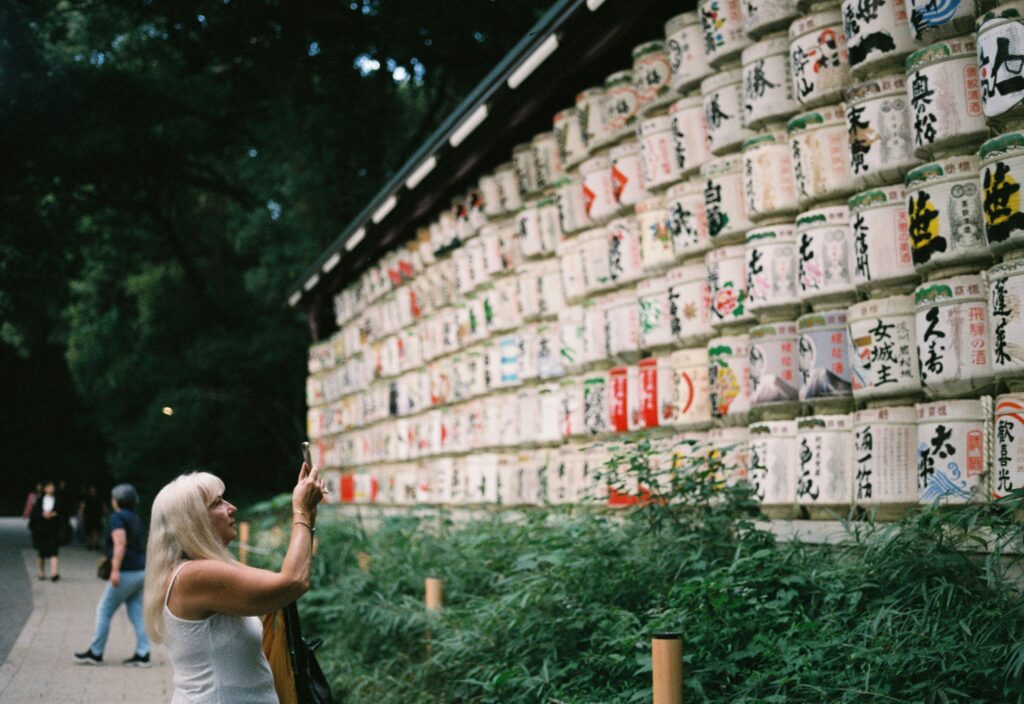
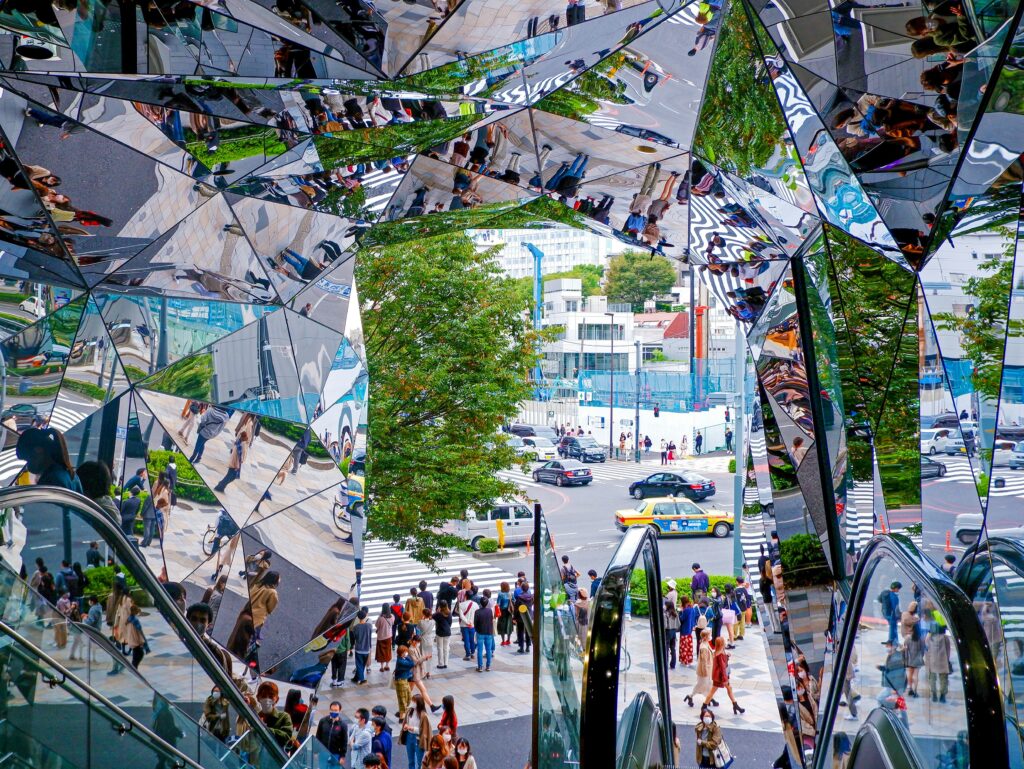
- Afternoon (1:00 PM – 5:00 PM): Meiji Jingu Shrine & Omotesando
Right next to Harajuku Station, discover the tranquility of Meiji Jingu Shrine, a majestic Shinto shrine nestled within a vast, serene forest. It’s a peaceful escape from the urban hustle and a wonderful place to experience Japan’s spiritual side. Afterward, stroll down Omotesando, a tree-lined avenue known for its high-end boutiques, flagship stores, and architecturally stunning buildings. - Evening (6:00 PM onwards): Tokyo Skytree or Tokyo TowerFor your final evening, choose between two iconic observation towers for breathtaking city views.
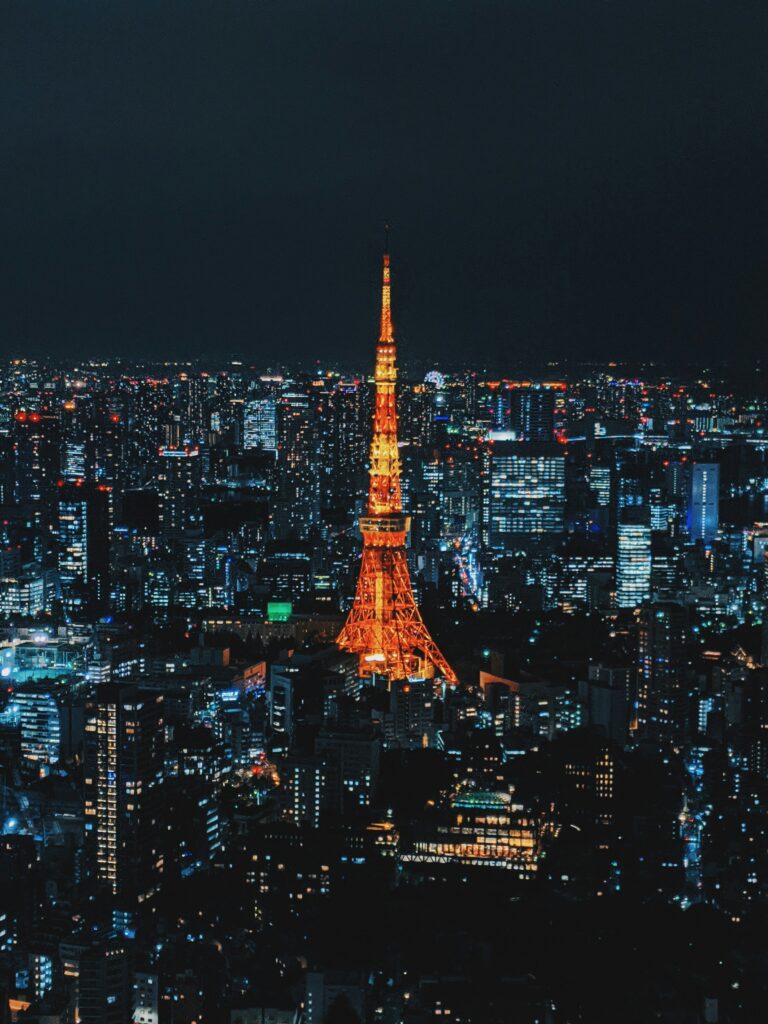

- Tokyo Skytree: Offering modern, expansive views from a great height, with the adjacent Solamachi complex providing shopping and dining options.
- Tokyo Tower: A classic symbol of Tokyo, providing a more intimate and romantic view of the city.
- Dinner: Enjoy your farewell dinner in the area around your chosen tower, savoring the final moments of your Tokyo adventure.
Essential Tips for Foreign Visitors

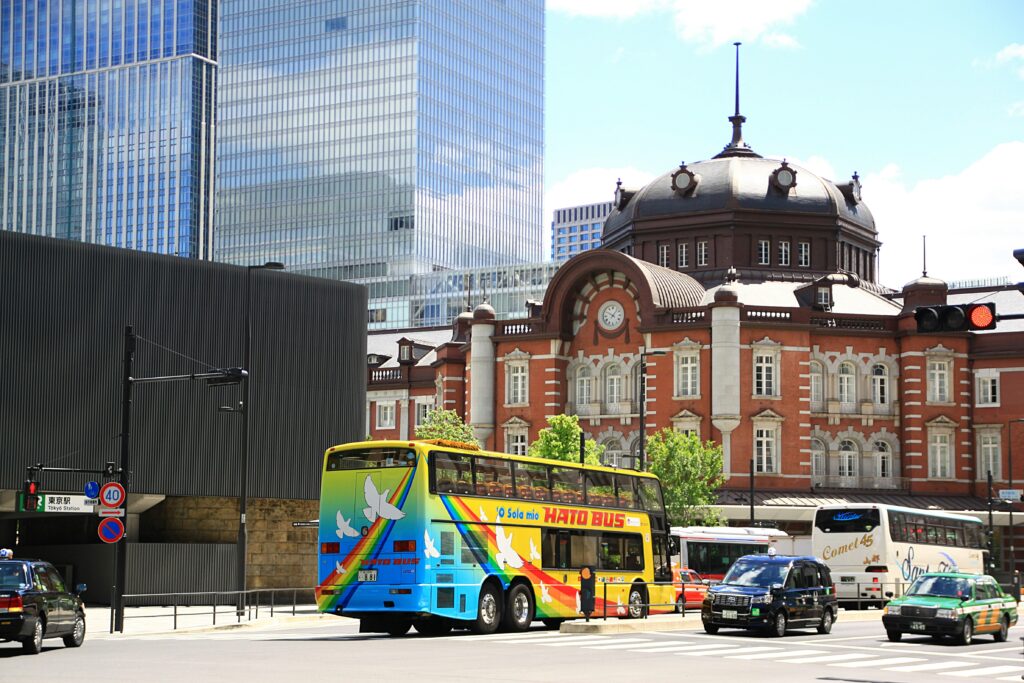
- Transportation: Tokyo’s public transport is world-class. Grab a Tokyo Subway Ticket (unlimited rides on Tokyo Metro & Toei Subway for 24/48/72 hours) or get a rechargeable Suica/Pasmo IC card for seamless travel on all trains and buses.
- Connectivity: While free Wi-Fi is available in many public spaces, renting a pocket Wi-Fi device or purchasing a local SIM card is highly recommended for constant connectivity.
- Currency & Payment: Japanese Yen (JPY) is the local currency. Credit cards are widely accepted in major stores and restaurants, but it’s always good to carry some cash, especially for smaller shops or street food.
- Dietary Needs: If you have specific dietary requirements (e.g., vegetarian, halal), it’s a good idea to research restaurants in advance. Options are becoming more common in major cities.
- Language: While many people in major tourist areas speak some English, having a translation app or a phrasebook can be very helpful. Don’t be afraid to use gestures!
- Safety: Tokyo is incredibly safe, but always be mindful of your belongings, especially in crowded areas.
- Disaster Preparedness: Japan is prone to earthquakes. Familiarize yourself with emergency exits and procedures in your accommodation, just in case.
What part of this itinerary are you most excited about?
Enjoy your incredible journey through Tokyo!

